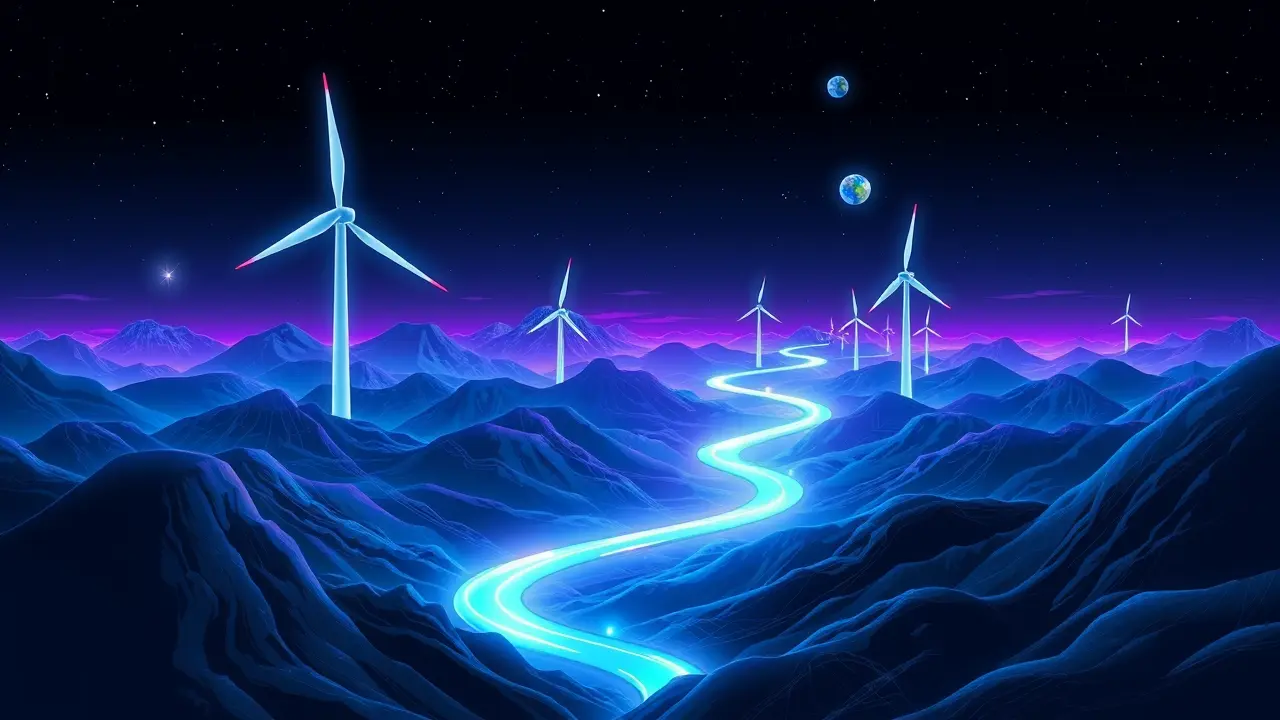Australia’s March Toward 100 Percent Clean Energy
The Australian continent, a land of ancient deserts and fragile coral reefs now on the frontline of the climate crisis, is undertaking a monumental energy transformation that could chart a course for the world. The nation's grid operator has declared the shift from coal to 100 percent clean power not just a possibility but an inevitability, a statement that resonates with the force of a scientific consensus finally breaking through political inertia.This is not merely an engineering project; it is an ecological and societal reckoning. Australia, long one of the world's largest exporters of coal and liquefied natural gas, has a deeply entrenched fossil fuel economy, yet it is also blessed with almost limitless solar and wind resources, creating a stark battleground between its economic past and its environmental future.The path forward is being paved by a combination of technological triumph and sheer necessity, as increasingly ferocious bushfires, catastrophic flooding, and the irreversible bleaching of the Great Barrier Reef provide a daily, visceral reminder of the cost of inaction. The work of integrating this clean power is a complex dance of physics and economics, requiring massive investments in transmission lines—the 'spine' of the new grid—to connect vast, sun-drenched solar farms in the outback and wind-swept turbines along the southern coasts to the urban centers humming with demand.These new superhighways for electrons must be balanced with the world's most ambitious rollout of grid-scale batteries and pumped hydro, like the Snowy 2. 0 project, which acts as a giant water battery, storing excess renewable energy for when the sun doesn't shine and the wind doesn't blow.This transition, however, is fraught with human drama, echoing the stories I've witnessed in communities from the Amazon to the Arctic. It means navigating the just transition for coal-dependent towns like those in the Hunter Valley, where generations have built their lives around the mines, ensuring that new jobs in manufacturing, installation, and maintenance of renewable infrastructure offer a dignified future.The roadmap Australia is writing is not one of a single technology but of a mosaic: rooftop solar now adorns over one in three Australian homes, creating a decentralized power plant of unprecedented scale, while green hydrogen projects are emerging as a potential export powerhouse, turning sunlight into a new kind of shipped commodity. For other nations watching, particularly developing economies with abundant renewables, Australia's journey offers a critical lesson in managing the political and social headwinds that blow against change, proving that a clean grid is not a partisan fantasy but a pragmatic, economic, and ecological imperative.The inevitability the grid operator speaks of is the same force we see in nature—an ecosystem adapting to survive, a species evolving to meet a new reality. Australia's march is a testament to the fact that when the data of climate science and the logic of economics finally align, the transition to a clean energy future becomes not just possible, but unstoppable, a necessary evolution for a nation and a planet seeking a sustainable equilibrium.
It’s quiet here...Start the conversation by leaving the first comment.
© 2025 Outpoll Service LTD. All rights reserved.
